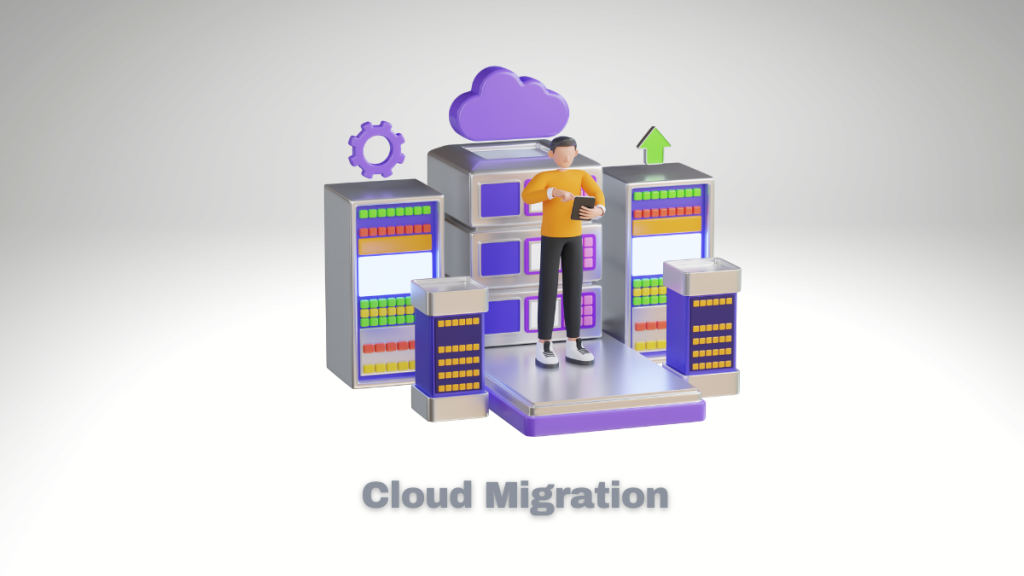When it comes to cloud migration, change management is an essential part of the transition process. By understanding how users respond to changes and proactively preparing for obstacles, companies can ensure successful adoption and minimize disruption throughout their organization. In this blog post, we’ll explore why change management is so important in cloud migration services, common challenges that come up during the process, and best practices for making sure your transitions are smooth while minimizing downtime and disruptions. One way to facilitate a successful migration is by leveraging the expertise of specialized services such as those provided by N-ix Cloud Migration Services(https://www.n-ix.com/cloud-migration-services/). Whether you’re just getting started with a new cloud migration project or working toward increasing user engagement with existing initiatives, you won’t want to miss this guide. Read on for everything you need to know about successful change management in a cloud migration!

What is Change Management and why is it important in Cloud Migration
Change management is an essential process in ensuring a successful cloud migration. It involves the coordination of measures and activities to prepare an organization’s workforce and operational infrastructure for the changes that come with adopting a new cloud environment. The goal of change management is to minimize the possibility of disruption to daily business operations while maximizing the benefits of cloud migration. As organizations move to adopt cloud technologies, planning for change management should be at the forefront of their strategy. Without effective change management, the risks and costs associated with cloud migration can be significant. Hence, change management is key to a smooth and successful transition to the cloud.
Understanding the Adoption Process & Different Types of Change Management
Adopting change can be a daunting process, whether it’s in your personal or professional life. Adopting a new technology or process can bring exciting benefits, but it can also be stressful and overwhelming for those involved. That’s why having a well-defined adoption strategy is crucial to ensure a smooth and successful transition. Understanding the different types of change management can also help to determine the best approach for your organization. Whether it’s incremental or transformational change, having a clear understanding of how to navigate the process can make all the difference in achieving the desired outcomes. At the end of the day, a successful adoption process can lead to increased productivity, improved efficiency, and happier stakeholders.
Defining Roles & Responsibilities to Ensure Successful Adoption
When it comes to adopting new technology or processes within a company, defining clear roles and responsibilities is crucial to ensuring a smooth transition. By clearly delegating tasks and setting expectations, team members are more likely to feel motivated and accountable for the success of the project. It’s also important to consider disruption mitigation strategies in case any issues or roadblocks arise during the adoption process. By laying out a plan for how to handle potential challenges, teams can better navigate change and come out the other side with minimal disruptions. Ultimately, taking the time to define roles and responsibilities and plan for potential disruptions can make all the difference in successfully adopting new technology or processes within a company.
Developing a Clear Communication Plan
Effective communication is a cornerstone of success, but developing a clear communication plan can be challenging. Whether you’re leading a team, collaborating with partners, or trying to achieve your own goals, having a plan in place for how you’ll communicate can help ensure that everyone is on the same page. A good communication plan should outline what kind of information will be shared, who needs to receive it, and how it will be delivered. It should also include strategies for dealing with conflicts or misunderstandings that may arise. By taking the time to develop a solid communication plan, you can help set yourself or your team up for success.

Creating an Action Plan & Setting Expectations for Users
Effective communication is essential in any aspect of life, and the same goes for managing a project or running a business. When it comes to creating an action plan and setting expectations for users, it’s crucial to be clear and concise to avoid any confusion or misunderstandings. You should outline your goals and objectives, as well as the steps needed to achieve them. Additionally, it’s important to set clear expectations for your users, including deadlines, responsibilities, and any other relevant information.
Final Thoughts
Overall, Cloud Migration and Change Management are continuing to become more important in businesses because of digital transformation. A well-defined change management program must be implemented if cloud migration is to be executed successfully. Companies need to map out the process from beginning to end to identify all stakeholders involved and ensure minimal disruption. Defining roles and responsibilities for each team member as well as creating a clear communication plan will help enable everyone to transition across the organization with both knowledge they need for success and the adequate support they require throughout the entire process.

